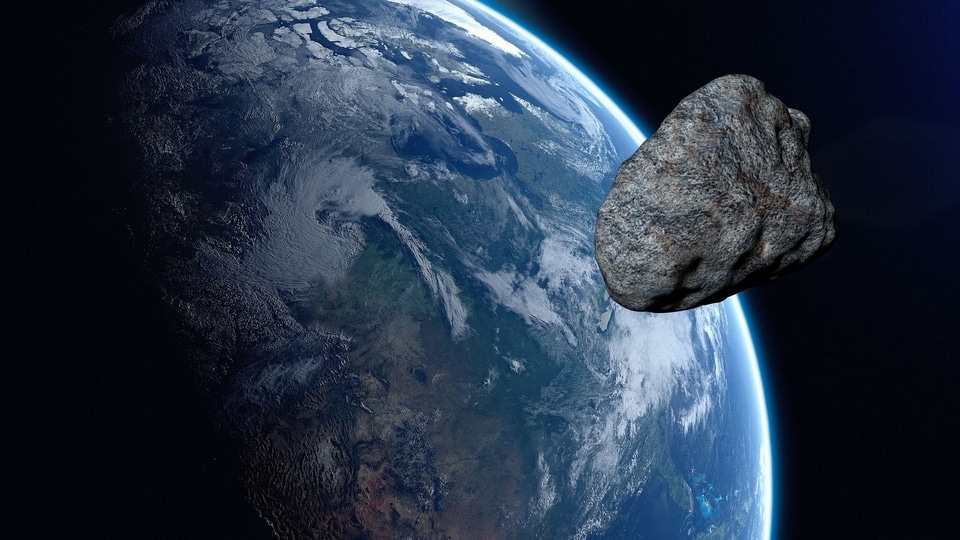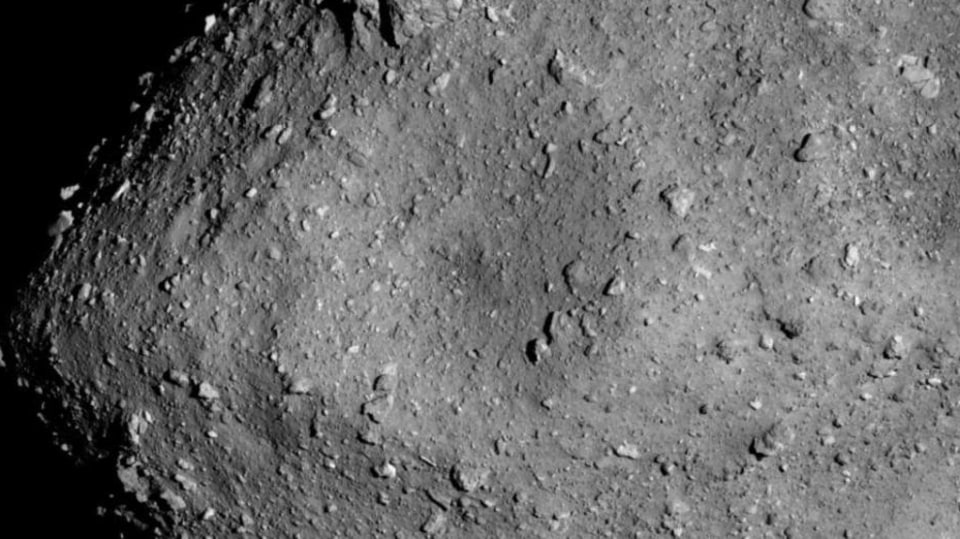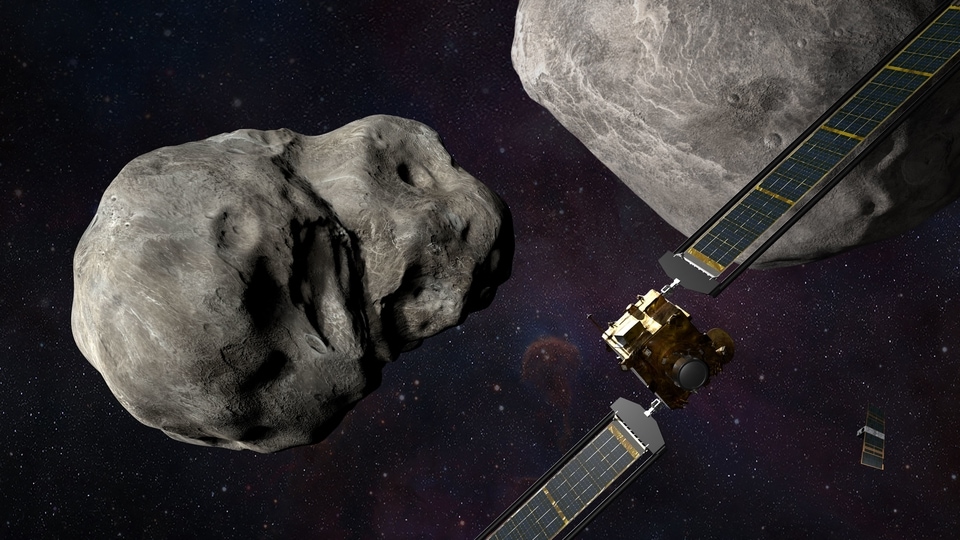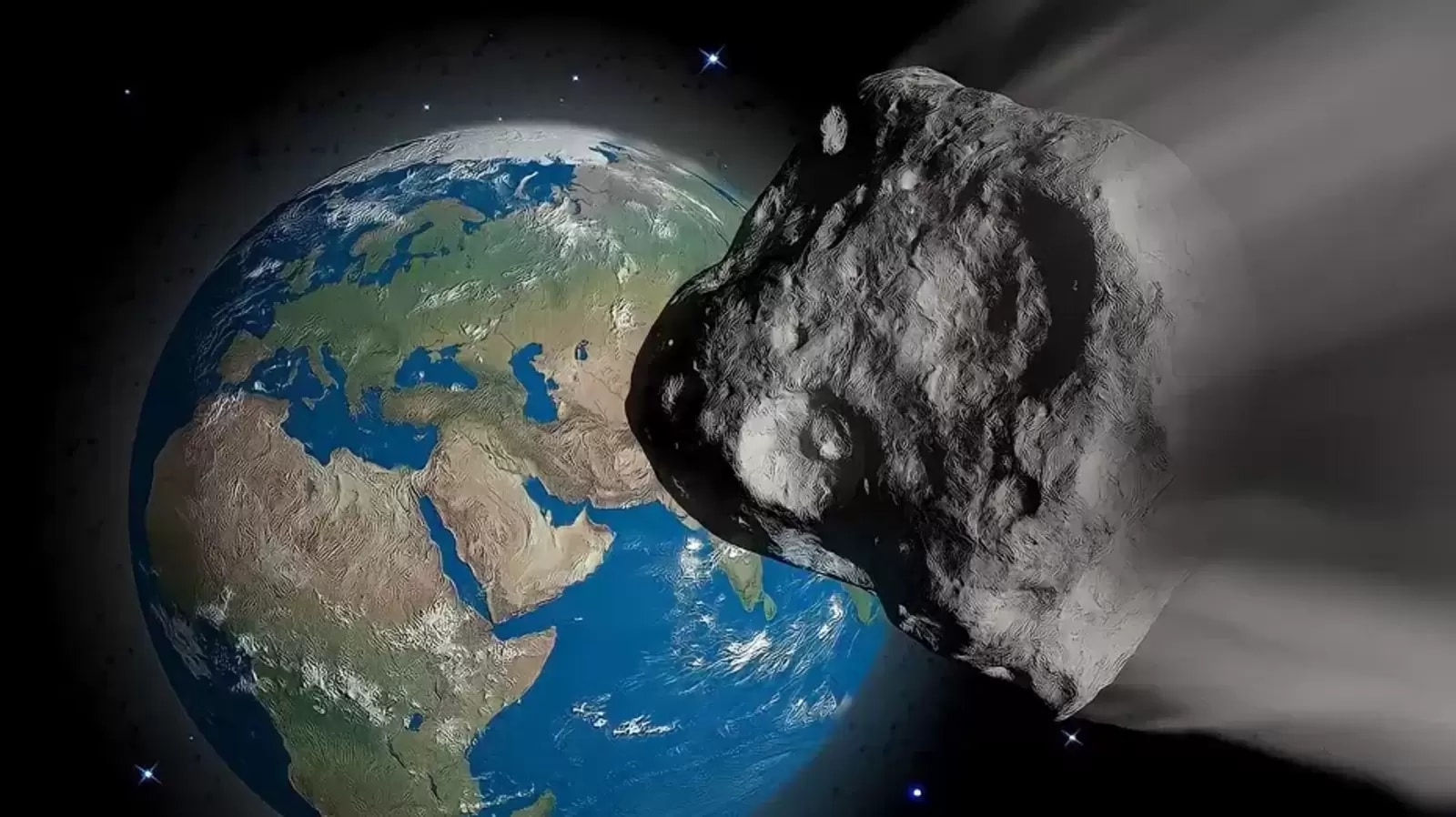Find the mystery asteroid! ESA sends Christmas challenge over humongous asteroid
The ESA has thrown a Christmas challenge for astronomy enthusiasts and has asked them to find a 262-foot wide mystery asteroid which will come dangerously close to the Earth. It is called the Christmas asteroid.



_1639115875543_1639115887157.jpg)


 View all Images
View all ImagesThe 12 days of Christmas have begun and while many are preparing for the festivities, the European Space Agency (ESA) is adding to the excitement with its Christmas challenge. It has thrown a strange ‘Christmas challenge' for all the astronomy fans across the globe. And the challenge is to find a mystery asteroid floating around space. It is being called the Christmas asteroid. But this is not just a fun challenge, there is a terrifying fact underlying this space rock. It will make a dangerously close approach to the Earth on December 15 and there is always the fear that it may get pulled in by the Earth's gravitational pull. The 262-foot asteroid is large enough to cause massive destruction. Read on to know more about this ESA mystery asteroid challenge and whether you should be concerned about an asteroid strike.
ESA posted on its Planetary Defense blog post revealing more details around this Christmas challenge. According to the information provided, the asteroid is called 2015 RN35 and it is 262-foot wide. It is going to make the closest approach to the Earth on December 15 at approximately 1:42 PM IST. The space agency also highlighted that the real fear with this asteroid is that it will be passing by under two lunar distances. One lunar distance is the distance between the Earth and the Moon. So, the asteroid will be making its approach at just 686,000 kilometers, which is two lunar distances.
ESA gives out a mystery asteroid challenge on Christmas
However, you need not worry. According to ESA, the asteroid is likely to make a safe passage away from the Earth. So, if there is no risk of an asteroid strike, what is this challenge all about? ESA often does space challenges as interactive activities to engage its community of astronomy fans and this is part of it.
To help the observers view the asteroid and take pictures of it, the space agency has shared more details around the asteroid approach. It said, “Observers in the Southern hemisphere will get the best view during close approach, but Europe will get a chance over the following days until about 19 December. From 15-17 December, 2015 RN35 will have a visual magnitude below 14. (For reference, Pluto has a visual magnitude of 14)”.
It further added that the Christmas asteroid should be visible on telescopes which are 30 centimeters and larger. Any observer who is able to capture the image of the asteroid should use the hashtag #ESAChristmasAsteroid on social media platforms if they wish to be featured on the official ESA channel.
Catch all the Latest Tech News, Mobile News, Laptop News, Gaming news, Wearables News , How To News, also keep up with us on Whatsapp channel,Twitter, Facebook, Google News, and Instagram. For our latest videos, subscribe to our YouTube channel.




























